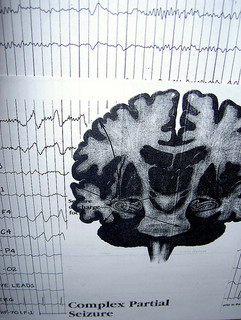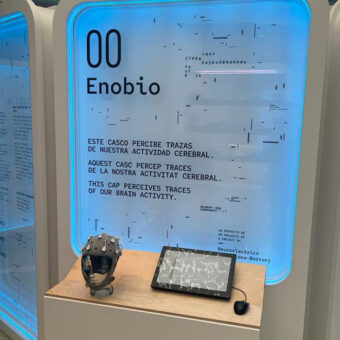If you have ever worked in the field of biopotential recording, you surely are aware of the omnipresent artefacts. If you haven’t, let me introduce you to them.
Artefacts includes all the parts of your recorded signal that does not originate from the source you are expecting the signal to come from.
That is the broader artefact definition I can come up with, but in order to clarify, let’s focus on an EEG recording example.
When we perform an EEG register, we wish to record only EEG, right? Well, I am sorry to spoil the party but that is never the case. Along with the EEG recording we are also recording other electrophysiological artefacts (EOG, EMG, ECG), movement artefacts, intrinsic noise from the EEG amplifier and also ambient noise. So at the end of the day, our EEG is contaminated with undesired artefacts which somehow makes our EEG uglier and harder to analyse.
Physiological Artefacts
These are very hard to control, since when recording an EEG, you cannot ‘switch off’ the heart of the subject, and thus avoid ECG artefacts. The same happens with EMG and EOG artefacts but in that case you can tell the subject to relax and to not contract his/her facial muscles. Also you can tell them to keep their eyes closed and not to move them. In any case, you cannot always be 100% sure that your EEG will be free of electrophysiological artefacts, so a cleaning stage is always needed.
Another source of artefacts is the so called Glossokinetic artefact. This is caused by the movement of the tongue. Similarly to what happens with the eyes, the tongue actually acts as an electric dipole, and thus its movement generates an electrical field easily recorded by EEG electrodes.
Extra-physiological Artefacts
This category of artefacts includes electrical line noise (50 Hz in Europe, 60 Hz in US), intrinsic noise of the amplifier (thermal noise), electrostatic noise due to movement in the environment and electrode popping. The best way to avoid these artefacts is to perform the recording in a shielded room (i.e. Faraday cage) and be careful with the skin preparation and with the position of the electrodes. In any case, modern EEG amplifiers are quite robust to these extra-physiological artefacts, and the use of Faraday cages is less and less common these days.
Now that we know the nature of the artefacts, the logical question to ask is…
How to deal with artefacts
Well, this is a very tricky question and actually no straight answer can be provided. First of all, we should try to avoid them! That would be the best way to deal with them. But we don’t always have collaborative subjects or shielded rooms available so we should be prepared to take care of the artefacts whenever they are present in our signal.
We have two options: either discard the parts of our signal that contain artefacts (and just keep the clean parts of our signal) or correct them. In the first case, we can simply perform a visual inspection of the signal and discard the undesired parts or apply an automatic ‘cleaner’. For instance we can make a little program that eliminates all the parts of our signal that are higher or lower than a certain threshold.
If we want to keep all the signal without discarding any parts, we should then apply an artefact corrector algorithm. Usually, the first thing to do is to apply some type of filter, usually a high pass filter to get rid of the drifts and also to centre the signal in 0. Some other filter can also help us reduce the impact of artefacts. A notch filter at 50Hz will cancel the line noise in our signal for instance, and this is quite a common technique to apply. There are some other more complex algorithms to clean the artefacts such as Independent Component Analysis. Imaging (ICA). Imagine we have 8 EEG channels. ICA transforms our 8 EEG channels into 8 different time series which are supposedly originated by independent sources (EOG, EMG, ECG and EEG for instance). By performing a quick visual inspection we can detect which sources are not EEG and eliminate them. Once we perform the inverse transform, we will have our EEG signals back, but without any artefacts. This sounds pretty cool, but we have to take into account that a part of our original EEG would also always be removed. In other words this method (as any other) is not perfect.
As a last word, I want to emphasise that the field of artefact correction is very broad and that many people are working on it. Imaging for instance in on-line applications such as BCI, the artefact correction needs to be performed in real time. No one has the perfect artefact correction algorithm, but Signal Processing guys and physiological researchers are definitely doing great work in this field as can be seen by the amount of papers that are published on this topic every year.




